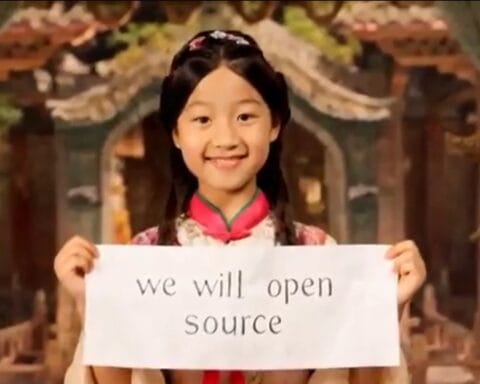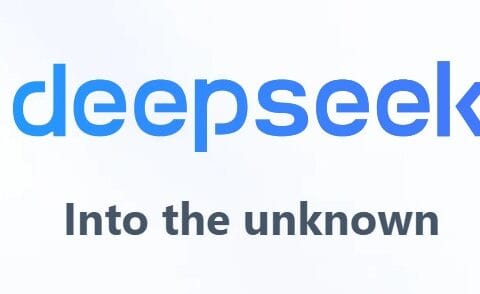Last Updated on July 4, 2024 9:39 am by Laszlo Szabo / NowadAIs | Published on July 4, 2024 by Laszlo Szabo / NowadAIs
AI Dreams in Models: Introducing Meta 3D Gen Text-to-3D Tool – Key Notes
- Meta 3D Gen generates high-quality 3D assets from text descriptions in under a minute.
- Combines Meta 3D AssetGen and Meta 3D TextureGen for precision and detail.
- Empowers users with no specialized skills to create 3D models.
- Benchmarked to outperform industry competitors in speed and quality.
- Potential applications in gaming, architecture, industrial design, and VR/AR.
Meta’s 3D Gen Text-to-3D Tool Works – Introduction
📣 New research from GenAI at Meta, introducing Meta 3D Gen: A new system for end-to-end generation of 3D assets from text in <1min.
Meta 3D Gen is a new combined AI system that can generate high-quality 3D assets, with both high-resolution textures and material maps end-to-end,… pic.twitter.com/rDD5GzNinY
— AI at Meta (@AIatMeta) July 2, 2024
In the ever-evolving landscape of digital content creation, the tech giant Meta has revealed an innovation that is poised to reshape the way we generate and interact with 3D assets. Introducing Meta 3D Gen (3DGen), an AI-powered system that empowers users to create high-quality, physically-based 3D models from simple text descriptions in a matter of minutes.
Quickening 3D Asset Generation
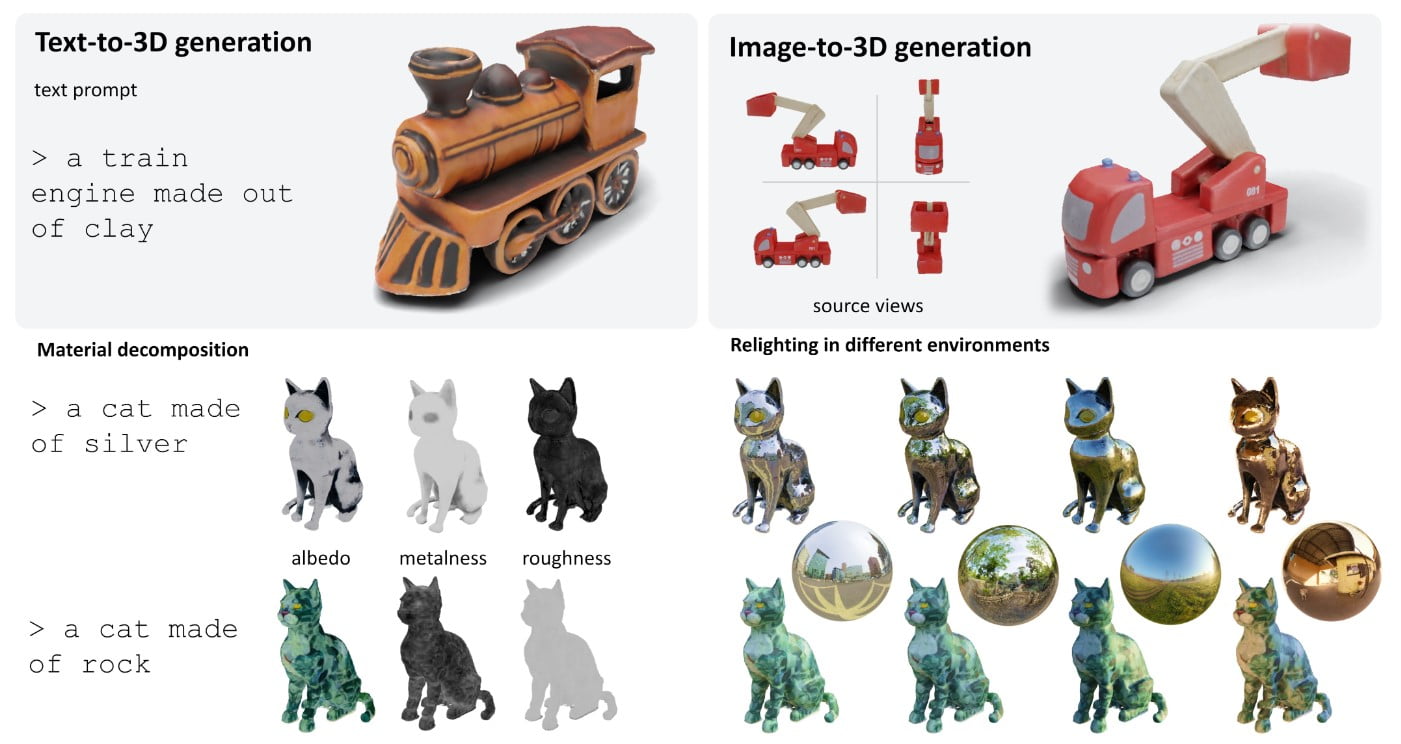
Meta 3D Gen represents a significant advancement in the field of text-to-3D generation. By seamlessly combining two of Meta’s proprietary models, Meta 3D AssetGen and Meta 3D TextureGen, the system delivers an unparalleled level of precision, detail, and speed. Unlike traditional 3D modeling techniques that can be time-consuming and require specialized skills, 3DGen democratizes the 3D creation process, empowering a wider audience to bring their ideas to life.
Bridging the Gap Between AI and Professional Workflows
One of the standout features of Meta 3D Gen is its ability to generate 3D models with physically-based rendering (PBR) materials. This breakthrough allows the generated assets to react realistically to changes in lighting conditions, a crucial requirement for integrating AI-created content into professional 3D workflows. By overcoming the limitations of traditional AI-generated 3D assets, 3DGen paves the way for seamless integration with existing pipelines, enabling industries like video game development, architecture, and industrial design to leverage the power of generative AI.
Unparalleled Quality and Speed
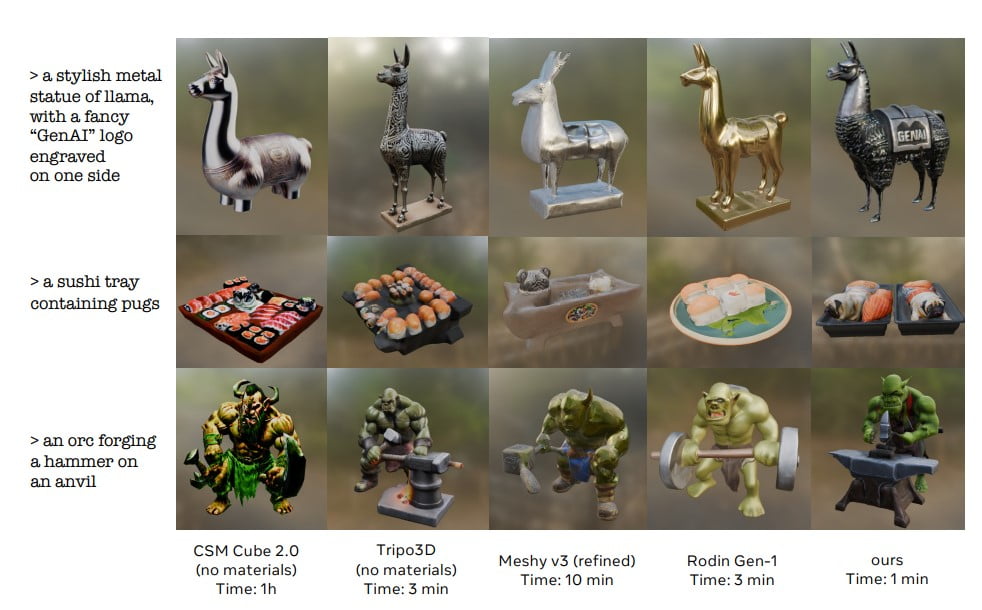

Meta’s research team has meticulously benchmarked 3DGen against industry-leading competitors, and the results are nothing short of impressive. The system consistently outperforms its counterparts in terms of prompt fidelity, visual quality, and texture detail, all while being significantly faster. In fact, the team estimates that 3DGen can generate a complete 3D asset, including high-resolution textures and material maps, in under a minute.
Unlocking Versatility with Generative Retexturing
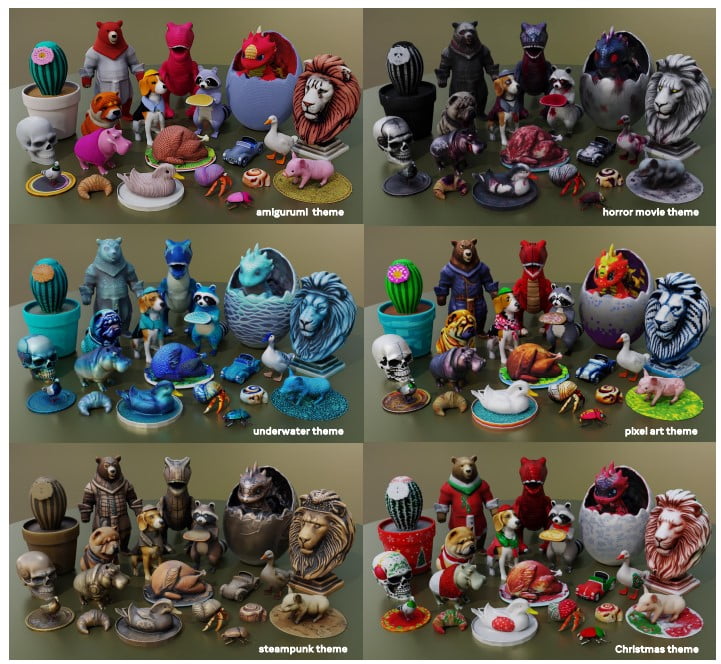
One of the standout features of Meta 3D Gen is its ability to not only generate 3D models from text prompts but also to allow for the iterative refinement of the generated assets. Through the integration of Meta 3D TextureGen, users can adjust the texture and material properties of the 3D models, further enhancing their versatility and creative potential.
Harnessing the Power of Dual-Stage Generation
The core of Meta 3D Gen’s success lies in its two-stage approach, which combines the strengths of Meta 3D AssetGen and Meta 3D TextureGen. By generating the initial 3D shape and then refining the texture and material properties, the system achieves a level of quality and consistency that surpasses single-stage models.
Unlocking New Possibilities in Augmented and Virtual Reality
The development of Meta 3D Gen holds significant implications for the growing fields of augmented and virtual reality. By lowering the barriers to creating high-quality 3D assets, this technology could accelerate the development of immersive experiences for education, training, and entertainment. The ability to generate realistic, relightable 3D models on demand could change the way we interact with and experience digital environments.
Overcoming Limitations and Driving Continuous Improvement
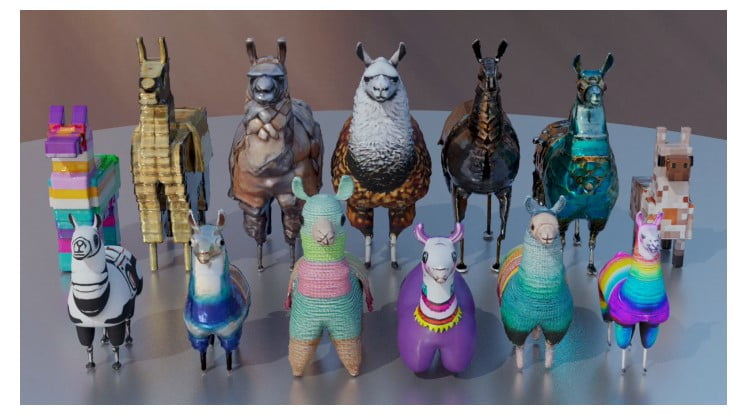
As with any emerging technology, Meta 3D Gen is not without its limitations. The system’s performance may be influenced by the quality and complexity of the input text prompts, and there may be inherent biases or constraints in the underlying AI models. However, Meta’s commitment to ongoing research and development suggests that these challenges will be continually addressed, driving the system’s capabilities to new heights.
Empowering 3D Creators and Professionals
While Meta 3D Gen has the potential to streamline and enhance the productivity of 3D artists, it also raises questions about the future of 3D modeling as a profession. As AI-powered tools become more sophisticated, 3D creators may need to shift their focus toward more complex, custom work that AI systems still struggle to replicate. This transition could lead to a redefinition of the 3D artist’s role, emphasizing creative direction and pushing the boundaries of what’s possible in the digital realm.
Conclusion: A Transformative Leap in 3D Content Creation
Meta 3D Gen represents a transformative leap in the world of 3D content creation. By empowering users to generate high-quality, physically-based 3D models from simple text descriptions in a matter of minutes, this new system has the potential to reshape industries, democratize creative processes, and pave the way for a future where the digital and physical worlds seamlessly converge. As the technology continues to evolve, the impact of Meta 3D Gen will undoubtedly be felt across a wide range of applications, from gaming and architecture to industrial design and beyond.
Definitions
- Meta 3D Gen: An AI-powered system that generates high-quality, physically-based 3D models from text descriptions in under a minute.
- AI at Meta: Meta’s research initiative focused on advancing artificial intelligence technologies.
- Text-to-3D: The process of creating three-dimensional digital models from text descriptions using AI.
- 3D Asset: A digital 3D model that can be used in various applications, such as gaming, VR, and design.
- Physically-Based Rendering (PBR): A method of rendering graphics that simulates real-world lighting conditions for more realistic images.
- Virtual Reality (VR): A simulated experience that can be similar to or completely different from the real world, often involving 3D environments.
- Text Prompts: Descriptions provided in text form that guide the generation of 3D models by AI systems.
Frequently Asked Questions
1. What is Meta 3D Gen and how does it work? Meta 3D Gen is an AI system that creates high-quality 3D assets from text descriptions in under a minute. It combines Meta 3D AssetGen and Meta 3D TextureGen to deliver precise, detailed models with realistic textures.
2. How does Meta 3D Gen benefit 3D content creators? Meta 3D Gen democratizes the 3D creation process, allowing users without specialized skills to generate high-quality 3D models quickly. This can significantly reduce the time and effort required for 3D asset creation.
3. Can Meta 3D Gen be used in professional workflows? Yes, Meta 3D Gen generates 3D models with physically-based rendering (PBR) materials, making them suitable for professional workflows in industries like gaming, architecture, and industrial design.
4. What makes Meta 3D Gen stand out from other text-to-3D systems? Meta 3D Gen is benchmarked to outperform competitors in prompt fidelity, visual quality, and texture detail, while also being significantly faster. It can generate a complete 3D asset, including textures and material maps, in under a minute.
5. What are the potential applications of Meta 3D Gen? Meta 3D Gen can be used in gaming for rapid prototyping, in architecture for quick visualizations, in industrial design for streamlined concept communication, and in VR/AR for creating immersive environments.



